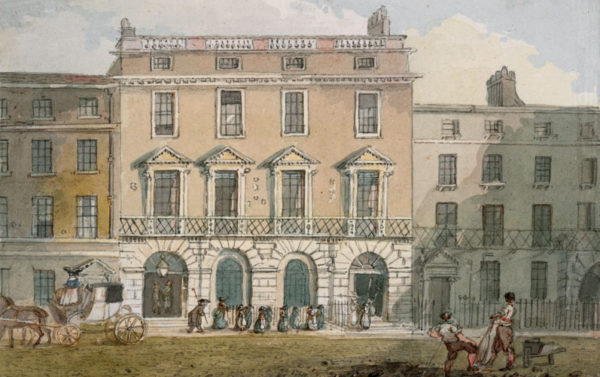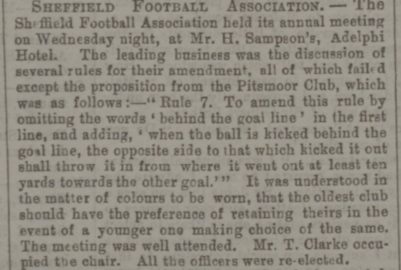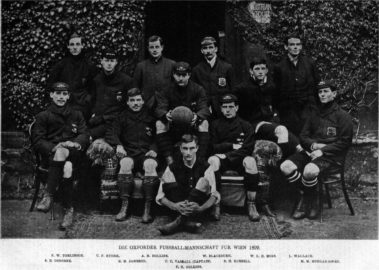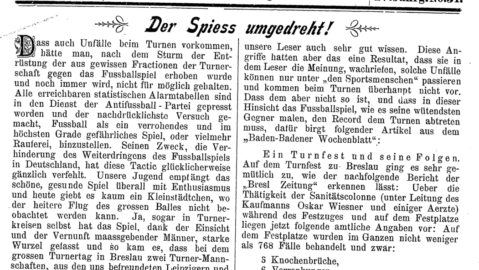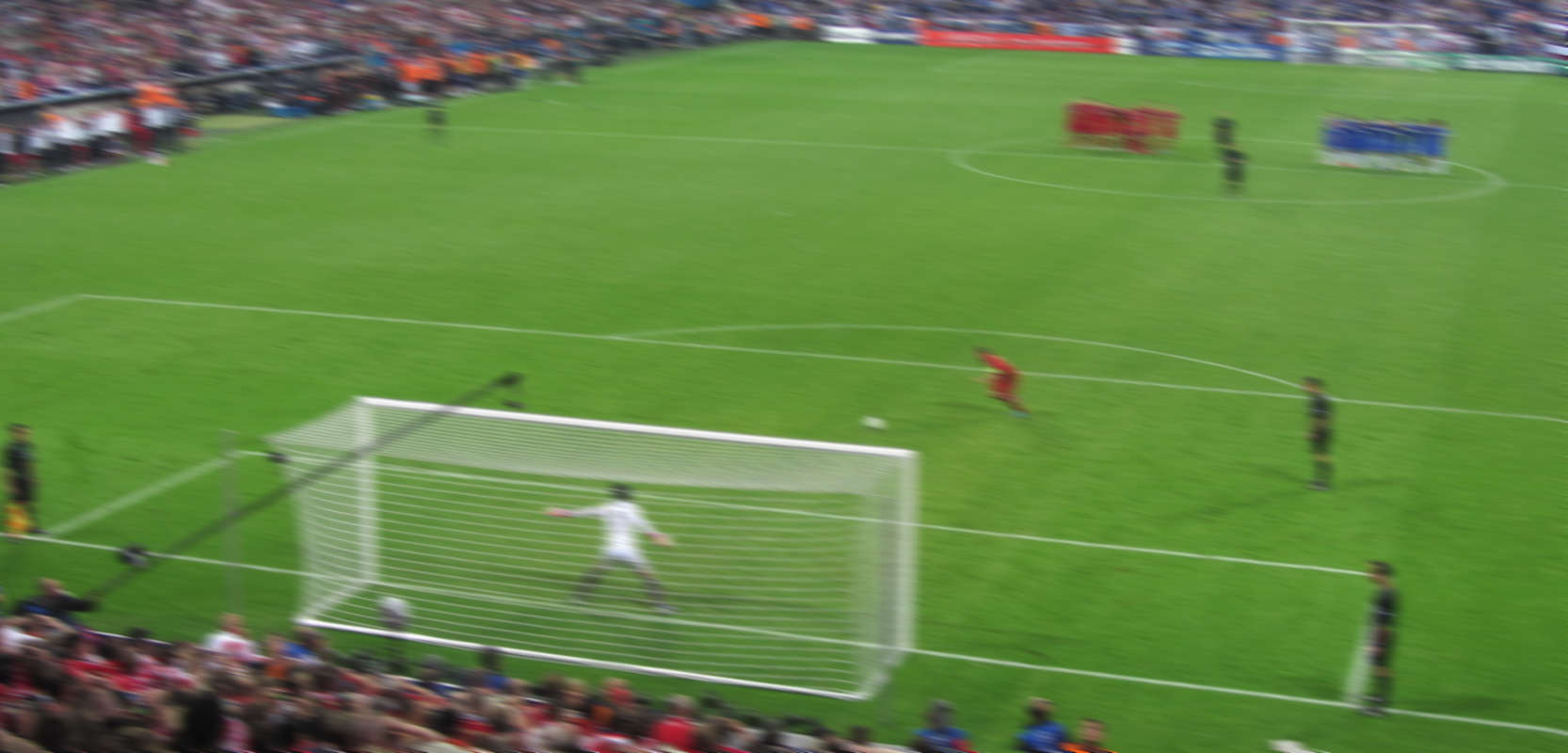The development of the FA Rules from 1863 to 1882
In 1863 the FA was founded in London. The annual general meetings of the members [1]From 1876 an entrance fee of 5s was due; the annual fee until 1868 was 1 guinea, then another 5s – the latter was about the weekly wage of a worker. there was a board (chairman, secretary, treasurer) as well as a committee whose size changed in the first twenty years (1863: 4 – 1868: 10 – 1872: 17 – 1880: 16). The FA members were forbidden to play games against non FA members and to use other rules than the FA Rules. These were valid until 1874, from their decision in September (until 1865) and February (1866-1874) respectively. From 1874 they became valid at the beginning of the coming season in the autumn of the same year. In contrast to the evaluation of the Sheffield Rules, here I do not proceed chronologically, but (rule) thematically. I hope that this will make it easier for you to read. At this point I would also like to refer to the study …

